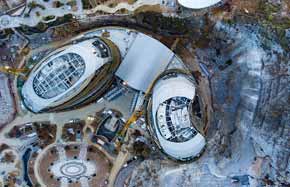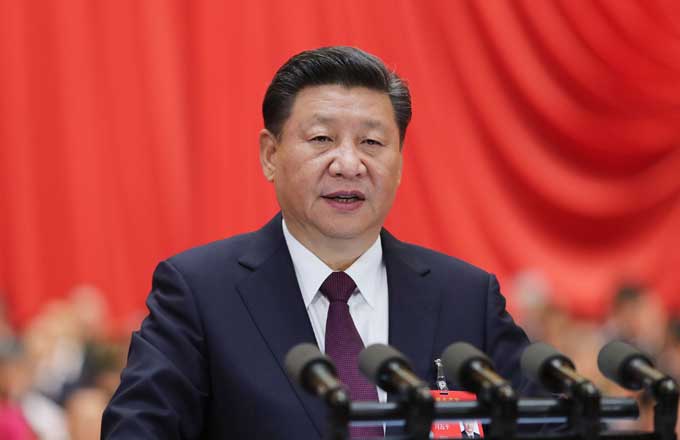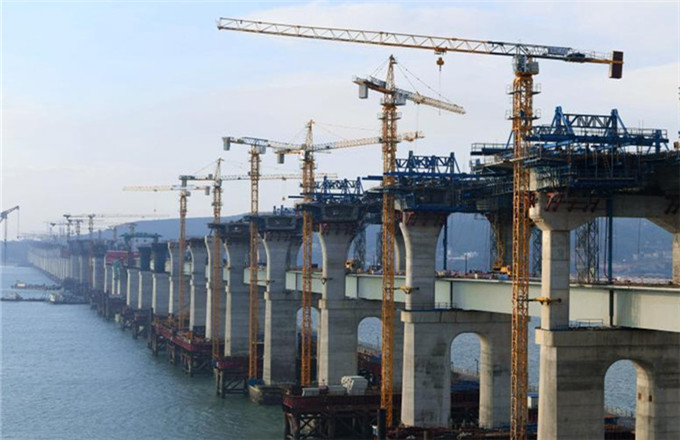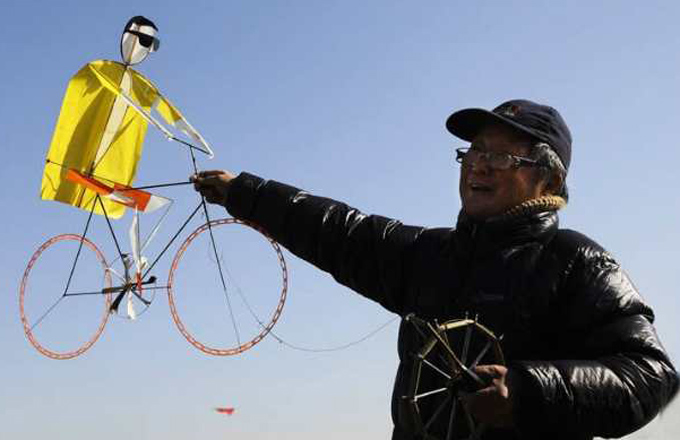China aims to be world-leading space power by 2045
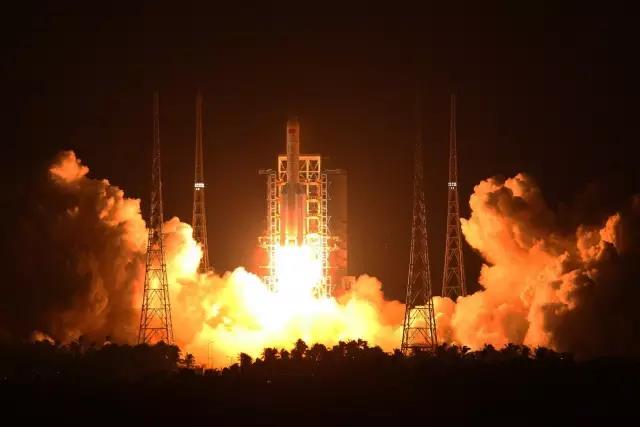 |
|
The heavy-lift carrier rocket Long March 5 blasts off Nov 3, 2016 at Wenchang Space Launch Center in South China's Hainan province.[Photo/Xinhua] |
China plans to grow into a global leader in space technology by 2045, according to a route map drawn up by China Aerospace Science and Technology Corp, the major contractor of the country's space programs.
The following are the milestones China is expected to achieve in the following three decades.
-2020: Long March 8 carrier rocket, a medium-size launch vehicle, will make its debut. The application of the new rocket will significantly lower the cost of sending a satellite into low-medium orbit, boosting the country's ability to provide commercial launch services.
-2025: Suborbital spaceflight will be realized. Suborbital spaceflight reaches an altitude between 20 and 100 kilometers, often described as between the highest altitude an airplane can reach and the lowest level a satellite operates.
A suborbital carrier vehicle is able to fly in suborbit, allowing common people to go into space, Lu Yu, a senior rocket engineer from CAST, was quoted as saying by China News Service.
-2030: The 100-ton heavy-lift carrier rocket will be launched. According to the plan, the heavy carrier rocket will have a carrying capacity of 100 tons, compared with the 20-ton-level rocket used currently.
Lu said the heav-lift carrier rocket will provide strong support for the country's manned lunar-landing mission and the Mars probe's return journey. He said China will by then join the ranks of world-leading countries in space transport capabilities.
-2035: The reusable carrier rocket will be developed. The route map shows an intelligent carrier rocket equipped with advanced power will be widely used in space transport by 2035.
By then, common people will be able to take reusable carrier vehicles to travel in space, Tang Yagang, the director of carrier rocket development at the China Academy of Launch Vehicle Technology, was quoted as saying by China News Service.
-2040: The nuclear-powered space shuttle will be built. It will enable large-scale resource exploration in space and mining on asteroids, as well as the building of space solar-power stations. Lu said between 2040 and 2045, a future generation of carrier rockets will be used in longer-term and multiple space trips.
-2045: China will become an all-round world-leading country in space equipment and technology. By then, it will be able to carry out man-computer coordinated space exploration on a large scale, Wang Liheng, a member of the Chinese Academy of Engineering, told China News Service.
Lu Yu forecast that by 2045, with advanced space transport capabilities, China will be able to carry out large-scale exploration on planets, asteroids and comets in the solar system, as space exploration enters a stage of rapid development.



